Expert Series: A/Prof. Daniel Thomas on mutation-specific targeted therapies for AML – “a new era of medicine has begun”
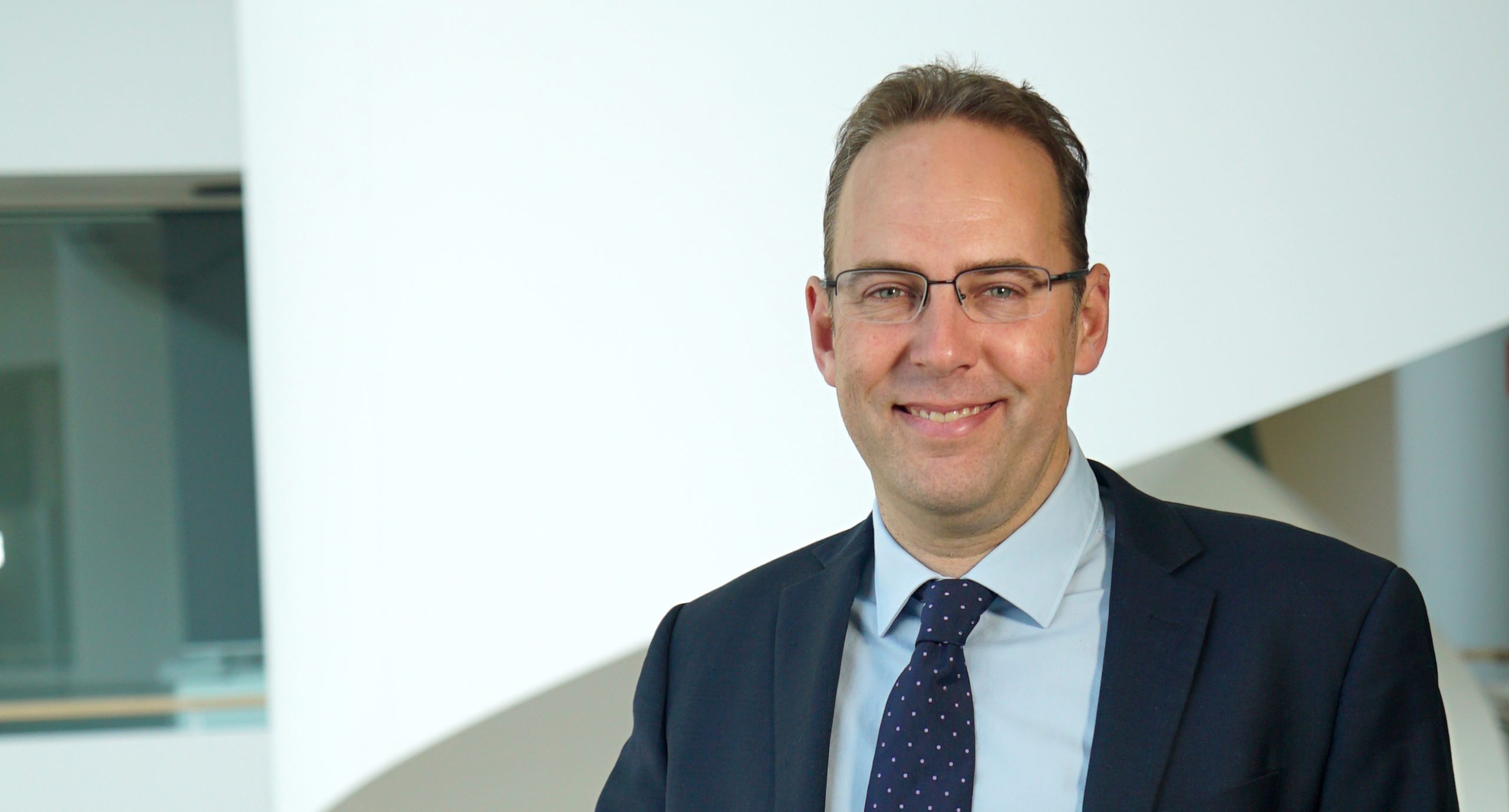
After working with world class stem cell biologists at Stanford University in California (U.S.) Associate Professor Daniel Thomas returned to Australia last year.
He set up the Myeloid Metabolism Laboratory in the Precision Medicine Theme at the South Australia Health and Medical Research Institute in hometown Adelaide.
It’s a basic and translational research lab where Dr Thomas and his team are designing new therapies and finding new targets for acute myeloid leukaemia (AML) and myelofibrosis (MF). He’s a 2020/2021 Translational Research Program Grant recipient through the Leukaemia Foundation and was awarded the 2020 CSL Centenary Fellowship. But that’s not all… Dr Thomas also is a clinical haematologist who has just begun a precision medicine trial for myeloid leukaemia (CMML) based on his research and has dedicated his medical skills in helping refugee populations escaping war-torn countries.
Associate Professor Daniel Thomas believes a whole new age in cancer precision medicine is underway and AML is the testbed due to its low number of mutations, live pre-clinical models for testing, and stable chromosome numbers.
“I’m so grateful to have established my research group at this time back in Australia,” said Dr Thomas.
Many Australian philanthropic donors pooled together to bring him back and he is extremely thankful for their generosity, including the Leukaemia Foundation.
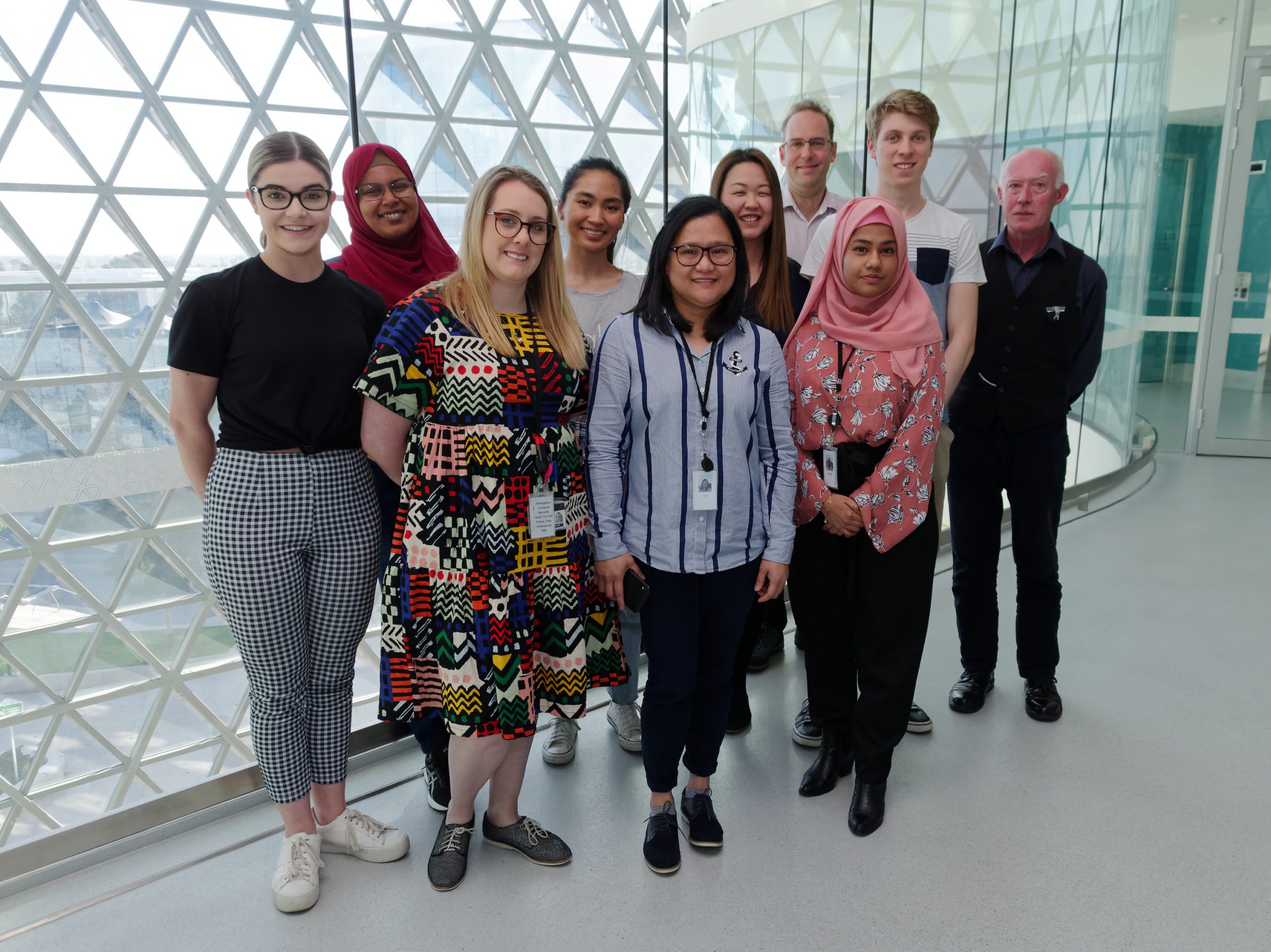
“Australia is a safe and peaceful place with outstanding technology to do world class research. We need to mentor and prepare the next generation of physician-scientists in this country,” he said.
Dr Thomas chose to work on AML because this aggressive leukaemia had been “neglected”.
For 30 years, there had been no breakthrough therapies, with only small increments in supportive care and modest improvements in stem cell transplantation for high-risk patients. But recently that has all changed.
“In the last two years four new mutation-specific drugs have been approved for AML overseas, which has been a watershed time for AML,” said Dr Thomas.
These new drugs include midostaurin, which is available through the Australian Pharmaceutical Benefits Scheme (PBS) and gilteritinib, enasidenib and ivosidenib, available through clinical trials in Australia run by the Australasian Leukaemia & Lymphoma Group.
“We’re anticipating this will continue for other common mutations in AML, and that’s why I do my research; we’re finding new vulnerabilities in the cancer that can rapidly lead to new medicines.”
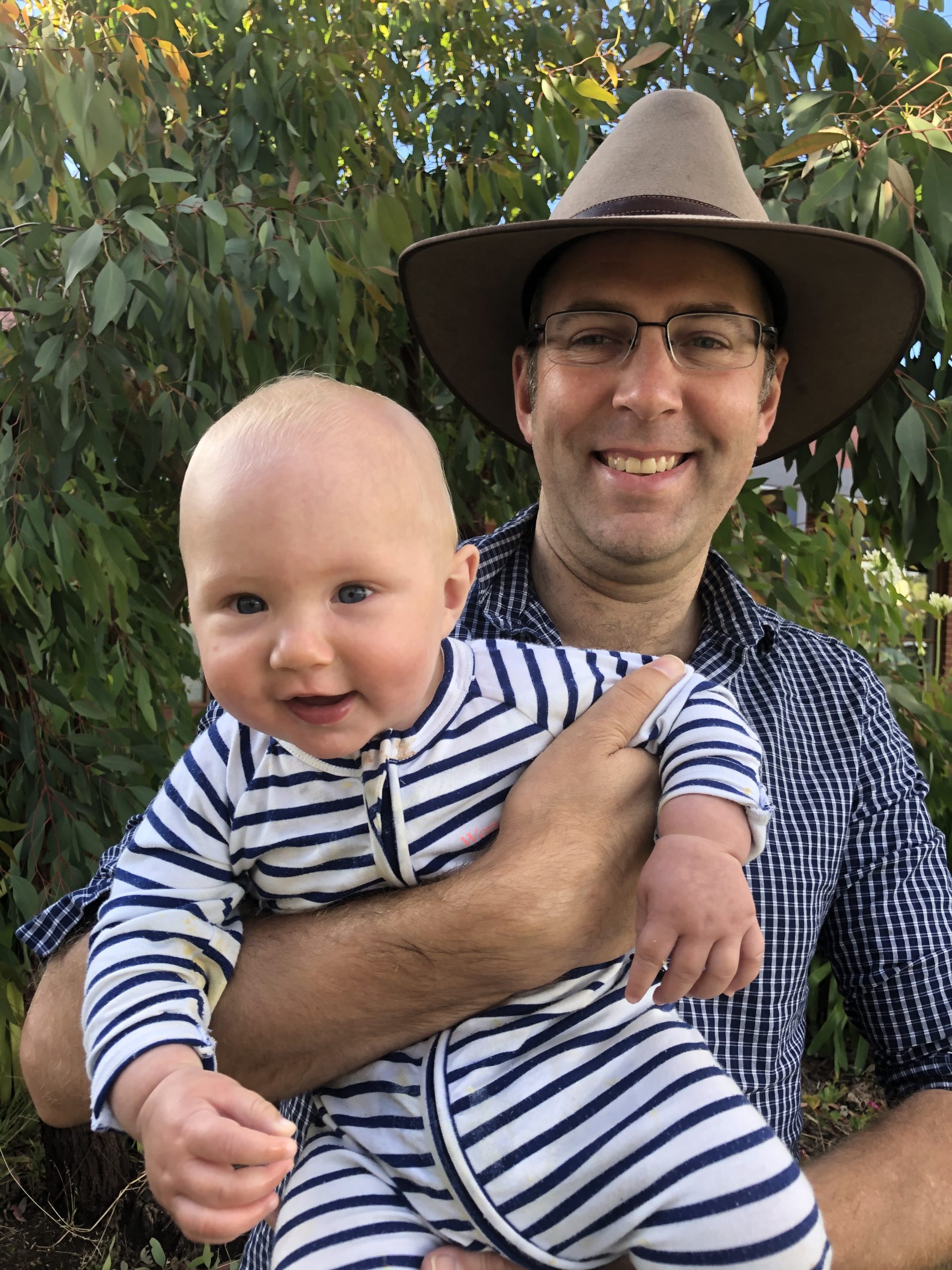
“We’re hoping that, as we have observed in myeloma, the more therapies available that give responses without serious side-effects, the longer people survive, simply by moving from one non-toxic treatment to another. Some then are able to undergo transplantation.
“Then, when we have at least seven or eight mutation-specific therapies available to us that are effective, we can begin to talk about cure.”
Medicine is Dr Thomas’ calling
“Ever since I was a young boy, I was very interested in how the body works, and used to enjoy house visits to people who were sick and helping my grandma when she volunteered in aged care and Meals on Wheels. I just knew I was called to do medicine,” Dr Thomas explained.
“I learned a lot about white blood cells in year six and seven, went straight into medicine at Adelaide Uni, and was inspired by the research I did learning about how growth factors (cytokines) signal and how white blood cells talk to each other.
“At the time, cytokine receptors and growth factors had just been discovered, many of them by outstanding Australian researchers at the Walter and Eliza Hall Institute. I was mentored by some of the best cytokine experts in the world and I was able to apply that knowledge to leukaemia during my haematology training at the Royal Adelaide Hospital and as part of my PhD.
“My mother’s close friend’s son died of leukaemia under my watch when I was the junior registrar. He was an outstanding cricketer and all-round athlete. His leukaemia developed quite quickly after surviving a tsunami in Phuket and we were not able to get him to transplant with his brother’s stem cells in time.
“At his funeral, his father said to me, “Dan you have been given a privileged education. You need to do something about this disease.”
“I knew in my heart it was my calling when he said that. Like a moment of sudden realisation of purpose.
“I finished my PhD, then was invited to go to Stanford University Department of Medicine to continue cutting-edge research into acute myeloid leukemia. To be honest, I didn’t want to go overseas at the time, but my mother and my boss encouraged me.”
Mutations in AML
Dr Thomas said there are 22 common mutations that are found in 90% of AML patients. In other words, for any new patients with AML, there is 90% chance that their leukaemia will have at least one of these common mutations.
“At the moment we have four mutation-specific therapies for three mutations [FLT3, IDH1 and IDH2] but there is so much more to do.
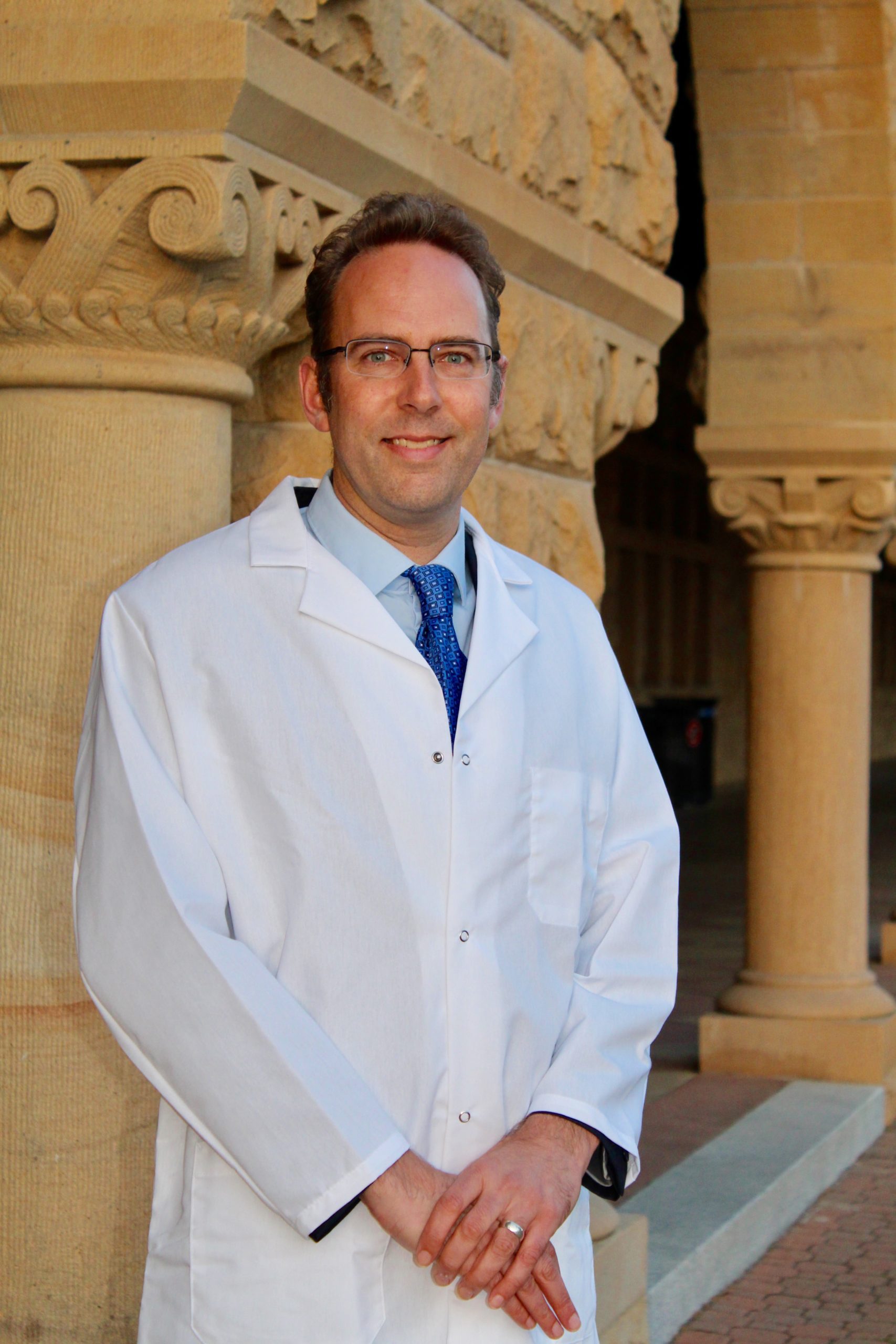
“I’m hoping very soon we’ll have at least eight effective therapies for about 10 of these mutations,” said Dr Thomas. “The epigenetic mutations and gain-of-function mutations are most amenable to targeted therapy or synthetic lethal approaches.”
This is in addition to venetoclax (Venclexta®), which he describes as a “game changer” for older patients with AML when used in combination with hypomethylating agents, but which is not strictly a mutation-specific precision therapy.
“Venetoclax is a small molecule, in part developed by outstanding research in Australia. It works in many older patients with AML and we’re just beginning to work out which mutations respond best to it and which mutations are resistant.
“Australia is a fantastic place to work and innovate, and we’re beginning to develop drugs here, run world class Phase I trials and the world is beginning to notice.
“The mutations we find in AML also occur in many other cancers, which means the vulnerabilities we find in AML can be rapidly applied to other cancers, as has been demonstrated for tyrosine kinase inhibitor drugs.
“A lot of what we’re doing in AML we know will be very quickly applied to many other solid cancer genotypes, and that offers precious hope.
“Acute myeloid leukemia is unique among cancers because it has a relatively low number of mutations compared to breast, colon and prostate cancer, and its gene make-up–its DNA–is completely stable,” said Dr Thomas who has been involved in the discovery of a new epigenetic subtype of AML (with WT1 mutation).
“In AML, there is a high chance that anything we discover is almost certainly targeting the somatic mutation that is driving the cancer, the one that we see on the sequencing report. With other cancers, you cannot be guaranteed that what you’re reading on the sequencing report is actually driving the cancer’s growth.”
To find out a person’s mutational profile means having their DNA sequenced, when diagnosed, and this can be done with a blood test if they have leukaemia cells in their blood.
“There are pathways by the Federal government, collaborative research groups, and clinical trials to get many cancers sequenced and the costs reimbursed, but not every physician is aware of these opportunities or has been trained to read the sequencing report.
“Most hospitals do the most common five mutations, including FLT3, NPM1, IDH1, IDH2, CEBPA. But they wouldn’t do TET2 or some of the other epigenetic mutations,” he said.
“But now, for less than $700, you can get all recurrent mutations sequenced at a good molecular pathology laboratory in Australia, such as SA Pathology in Adelaide, and for childhood leukaemia, we do this for free at SAHMRI.
“We need to build therapies around this information.”
Mass spectrometry opens a new branch of research
“The most exciting method that we are using now that is gaining rapid results in my research is mass spectrometry, using leukaemia cells that have been purified from a patient’s bone marrow and blood.
“It allows my team to find metabolic vulnerabilities that only occur when a certain mutation is present, and to measure every single small metabolite (or food derivative) that is inside a cell at any one time.”
And what is metabolic vulnerability?
“It allows us to see certain nutrients, or carbon fuels, that the cancer cells are either struggling to make or are completely dependent on. We never would have seen these if we had just used standard approaches of gene expression or flow cytometry.
“We are realising that some mutations make cancer cells extremely fussy in what they’re able to process as food to make them grow, and this has been a real breakthrough.
“Normally, we think of cancer cells eating sugar, and that’s why most cancers show up on a PET scan, but we have discovered many cancers are not eating sugar at all. They’re actually using alternative fuels, such as glutamine, lactate, and alanine, and they’re very fussy if you suddenly change that food.
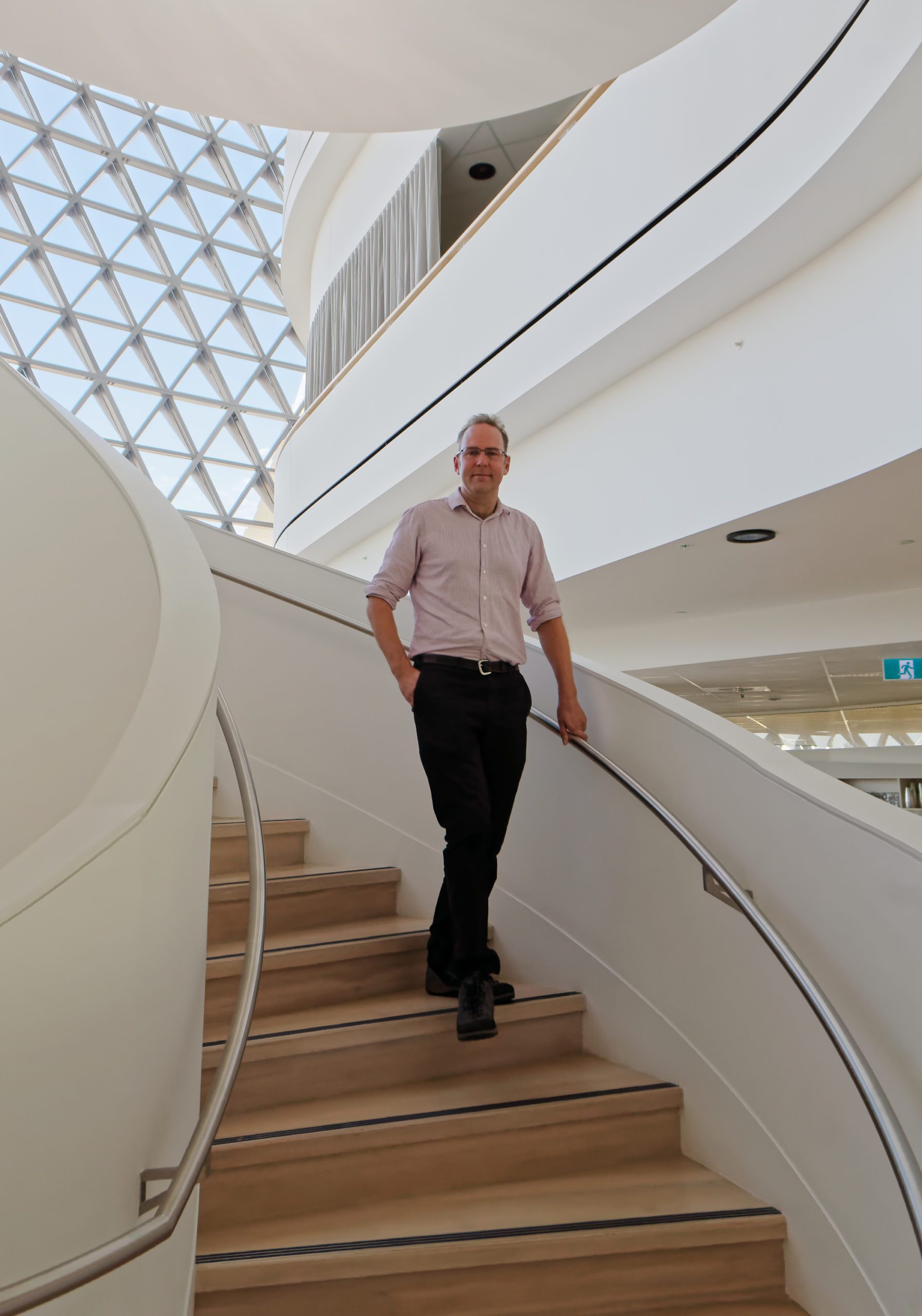
“This is why we were awarded the [Translational Research Program] grant. The possibility that you can stop a leukaemia growing without harming normal cells is one reason why I get up every day.
“We’ve set up a fluxomics platform that can measure what happens to any carbon food or carbon fuel inside the patient’s leukaemia cell, and how it helps that cell grow. Then we target the enzyme that cell is using, and we can block it from proliferating [reproducing rapidly].”
“We’ve already done mass spectrometry in many patients and by the end of this year [2021] we should have done more than 100, but we’re already seeing mutation-specific differences and growth pathways that we never believed possible.
“Cancer cells are using metabolic enzymes which we do not often use as healthy adults. That is good news for the field.
“We’re finding certain mutations have unique metabolism profiles, and we can see which enzyme they’re using. That’s how we find the target, and we’re building drugs to block these enzymes.
“We’ve found many of these enzymes, when you inhibit them, do not produce any toxicity. And that breakthrough realisation gives you a therapeutic index, and that’s what we didn’t know three years ago.”
But more to the point, says Dr Thomas, you can target these enzymes without producing side effects. They’re not damaging DNA, and patients won’t be given chemotherapy or radiotherapy.
Dr Thomas said development of these drugs, which are often given as oral therapies, “is getting faster due to computational docking methods and improved medicinal chemistry resources”.
“In the old days, getting a lead to market would be seven years and most drugs would fail. Now it looks like we can bring it down to four years, especially if the indication is compelling for a rare cancer,” he said.
“We have one lead target that I developed with my supervisor, Dr Ravi Majeti, at Stanford. It’s very exciting,” said Dr Thomas.
He is hoping to do Phase I trials here in Australia using the new therapeutics his team is developing.
“Adelaide is renowned for doing Phase I. We’re very lucky to have some of the best Phase I trialists in the world here because of close collaborations between industry and hospital, and Melbourne is becoming a world-class Biotech Hub for drug development.”
Dr Thomas has several projects underway and says each one is “a minimum seven-year saga from concept to translational development”.
They include a clinical trial for another form of myeloid leukaemia, chronic myelomonocytic leukemia (CMML); “a nasty MPN that transforms into AML eventually in many patients”.
“It’s a big trial where we’re giving patients access to new drugs depending on their mutation profile.
“One of the most common mutations in CMML is a mutation in a gene called TET2 which occurs in at least 60% of all cases and can be reversed by vitamin C, by enhancing the residual enzymatic activity of the enzyme core.
“So, CMML patients with TET2 mutations will receive intravenous high-dose ascorbic acid, (vitamin C). In other cancers a number of studies have shown an improvement in cancer markers and patient well-being after high dose vitamin C infusion but no one has yet demonstrated dramatic response of the cancer cells themselves.
“This will be the first trial in the world to see if vitamin C can improve the quality of life and survival of patients with CMML when combined with azacitidine. It will tell us which type of mutations can be reversed or rescued with a simple non-toxic therapy.”
AML’s greatest unmet need
Dr Thomas considers effective drugs that work in older patients (those aged over 60) at the time of relapse to be the greatest unmet need in AML. He’s on that case.
“Five years ago, we thought most relapse cases had gained new mutations, such as TP53.
“But we’re realising relapsed cases of AML are very different from diagnosis, and they actually don’t have many new mutations. Something’s changed in the biology and epigenetics and we need to figure that out and develop good metabolic drugs or immunotherapies for them.
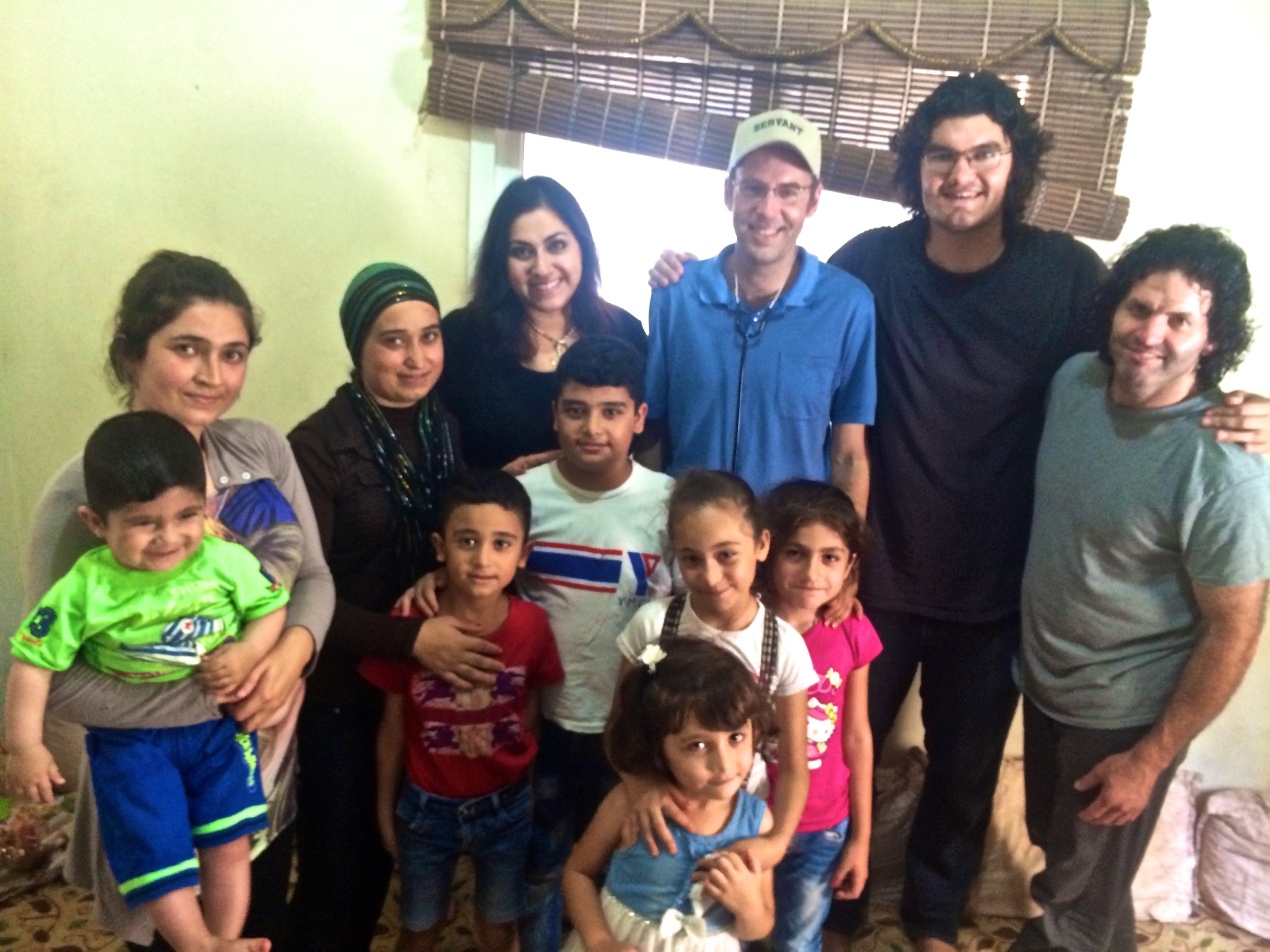
“That’s good news because we can easily block epigenetics and we can block metabolism, whereas you can’t fix a gene mutation in every single cancer cell… that’s hard.
“We’re doing fluxomic metabolic profiling on those very cases right now using world-class equipment.
“And the good news is, they all seem to be doing the same thing… moving towards the one central metabolic state. If they were all different, I wouldn’t know where to start in designing a therapy or a drug.
“It’s almost like they start different, then they all start to merge as they relapse,” said Dr Thomas.
“My biggest contribution is a computational tool we built working with Stanford Computer Science (Professor David Dill and Dr Subarna Sinha) that predicts vulnerabilities in cancer when you have a certain mutation. We have realised most cancer cells cannot easily evolve around a bottleneck when two pathways are broken at once. These are called synthetic lethal pairs and was first demonstrated for breast cancer.
“Our algorithm will give you approximately 10-20 druggable targets that might make that cancer stop growing, and that you would never otherwise think of, based on these synthetic lethal pairs.
“In theory it could work for many cancers, including AML, but many of the synthetic lethal pairs have simply not had therapies developed against them… yet.”
From a current treatment perspective, Dr Thomas said venetoclax was very effective in combination in many older patients and the FLT3 inhibitors, such as midostaurin, is providing a bridge to transplant in young people without having to give further chemotherapy.
“But if these older patients relapse after venetoclax, or after they’ve had induction chemo, that’s what we’re working on.”
The long-term goal to cure leukaemia
Dr Thomas said the overall aim of his research was to find weak spots; “the Achilles heels of myeloid cancers that we can exploit to design new therapies”.
“My long-term goal is to see a molecular subgroup of leukaemia cured without significant toxicity in an older person.”
“We’re moving towards the point where we might be able to keep people alive, and even cured long-term, by a series of mutation-specific targeted therapies, without using chemo. And that’s exhilarating.
“It may even mean changing to precision diets in certain cases, if some of our metabolic research turns out to be transformative.”
Dr Thomas has discovered that one of the common mutations responds to loss of fat.
“It can’t cope with very low fat in its surrounding environment. It needs fat to grow but if you remove lipids the cells go strange and super-thin. They have run out of a metabolite (NADPH) required to make fat.
“We have to be very careful with potential precision diet information until it’s shown to be true in a strong Phase III trial, because many diets are based on fads, not proper science,” he emphasised.
“One of the common forms of AML–APML (which makes up 20-25% of AML)–we routinely cure without chemo, simply by giving these patients high-dose vitamin A. Vitamin A is found in kale, broccoli and cod liver oil and is needed for our retinal vision.
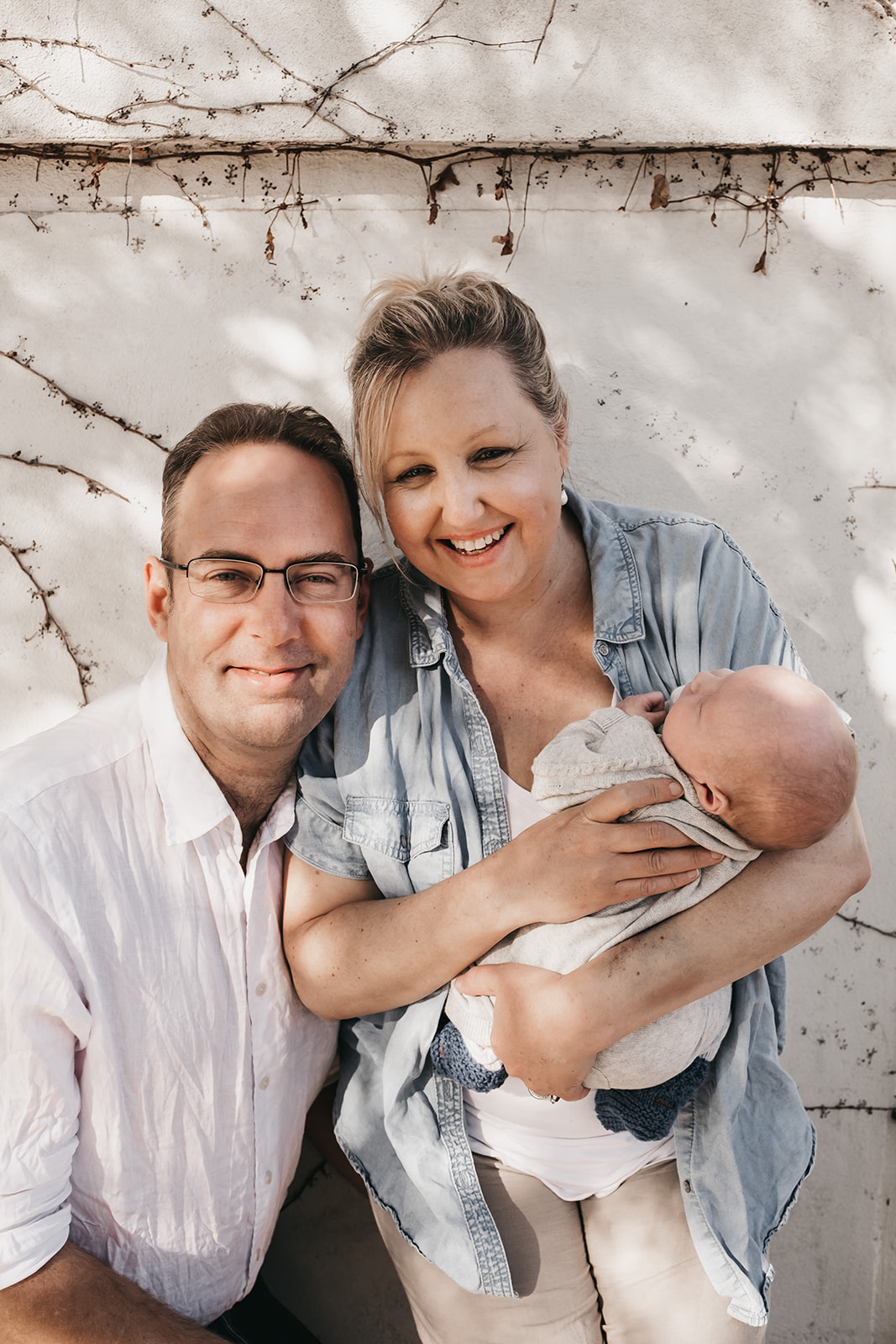
“So we know, if you can get the right molecular group, it’s possible. Some cancers can respond to changes (large increases or large decreases) in nutrients and vitamins.
“I truly believe we will have precision dietary modifications, depending on the molecular subgroup, for some cancers in the next 10 years.”
“I can’t exactly say which one will do what, but a classic example is APML responding to high dose vitamin A. Some of these other ones will have low lipids with high oxidants. Others might have low glutamine or aspartate.
“We’re heading in this direction because so many of the mutations are metabolic enzymes or affect metabolic enzymes that change the way these cancers process food sources.”
According to Dr Thomas, “if we can’t do precision medicine for AML, we’re not going to be able to do it for breast cancer, colon cancer, brain cancer, or prostate cancer because they are more complex than AML”.
Advice for those newly diagnosed
Asked what advice Dr Thomas would give somebody newly diagnosed with AML, he said, “I would say get molecular testing and get it reviewed by a comprehensive molecular tumour board”.
“Get in a clinical trial with a non-chemotherapy, if possible. Stay fit and healthy. Don’t let them over medicalise your life, stay out of hospital* as much as possible.
“If you’re under 60 and your leukaemia has a poor prognosis on molecular testing, then you want to stay fit and active, and prepare for an allogenic transplant from a suitable donor.
“If you’re older, you would want to get molecular testing and see how far you can get on targeted therapies without being exposed to chemo. Any response will help thousands of others around the world with AML.
What would Dr Thomas do if he got AML?
“I would have leukapheresis, and get cells stored down for testing later on, if needed.
“I would get molecular testing, get my mutation profile discussed by the molecular treatment board and do whatever was recommended.
“I’d get supportive care, so I get rid of any fungal infection. I would stay away from building sites, attics and damp cellars, and hot tubs. I would focus on my person as a whole being–spirit, soul and body. Not just see myself as a physical blob of atoms.
“I’d get tissue testing to see if there were any donors available for when and if I needed it [for an allogeneic transplant].
“I’d stay out of hospital as much as possible, using a home transplant program with outstanding nurses, and continue to do things that I enjoy before I got a hospital-acquired infection.
“I would continue to walk in parks and gardens, beside gently flowing waters and stay embedded in a strong community who will love and support me no matter what happens.
“I would focus on the relationships that have meaning in my life and anything lovely, pure, honourable, and peaceful.
“Many of my convictions regarding wellbeing have been formed from working with Syrian refugees in the Middle East where fear of sudden violence is high, and parks and places of beauty are rare. Refugees taught me not to stress and over-medicalise our lives.
“There is always something to be thankful for, but we often don’t see it every day. Australia is fast becoming one of the safest and healthiest places on earth to go through a treatment program for AML.”
*There are infections that can be resistant to antibiotics that you don’t see if you stay at home.
Last updated on January 3rd, 2023
Developed by the Leukaemia Foundation in consultation with people living with a blood cancer, Leukaemia Foundation support staff, haematology nursing staff and/or Australian clinical haematologists. This content is provided for information purposes only and we urge you to always seek advice from a registered health care professional for diagnosis, treatment and answers to your medical questions, including the suitability of a particular therapy, service, product or treatment in your circumstances. The Leukaemia Foundation shall not bear any liability for any person relying on the materials contained on this website.